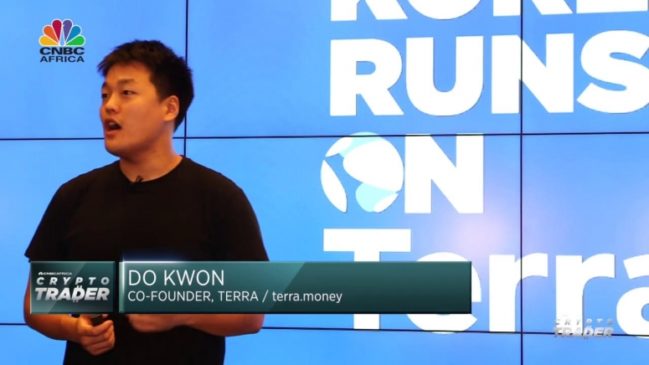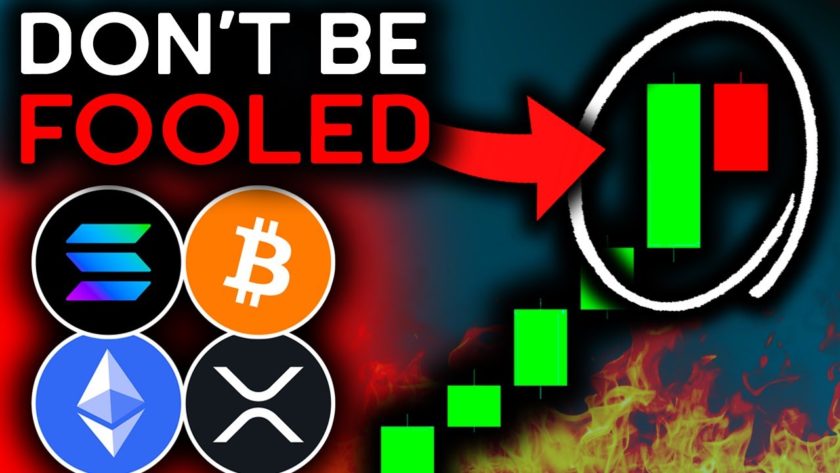Liquidity mining is coming to proof-of-stake (PoS) blockchains.
Anchor, the new decentralized finance (DeFi) platform from Terra, Cosmos, Web3 Foundation and Solana, is being designed to launch with a governance-token reward. Version 1 is going live in October, according to a Terra co-founder.
Anchor is a two-pronged platform for PoS token holders. The system offers savings accounts and a lending platform – the bread and butter that made DeFi on Ethereum a multibillion-dollar enterprise.
“We’ve been looking at ways in order to earn passive income on our users, for unused balances in unused assets,” Do Kwon, a co-founder of Terra and the startup built atop it, Chai, told CryptoX in a phone call. Terra is a two-token stablecoin protocol that has risen to prominence in Korea as a payments provider known for saving users money.
As Kwon explained, Alipay rapidly gained market share by promising users a better savings rate if they held cash in their mobile app. Kwon believes his team can craft a DeFi system that can produce a predictable rate of return that performs considerably better than bank savings.
Further, if the trends so far hold, adding a liquidity mining element should bolster those returns.
The new governance token is likely to be named Anchor, like the platform, Kwon said. It will distribute over the course of five years and there will be no pre-mine for Anchor’s creators.
While it’s launching with a small set of PoS tokens, Kwon said Anchor hopes to make it very easy for other projects to join by meeting a set of technical standards. “We really imagine this closer to the Rosetta standard that Coinbase published,” Kwon said.
How Anchor will work
“One of the general trends of DeFi is can you give consumers something that looks like a savings account, that is a yield-paying crypto asset,” Zaki Manian, founder of Iqlusion and a leader in the Cosmos ecosystem, told CryptoX in a phone call.
The first thing that has to be understood about DeFi is this: When someone deposits a token somewhere to earn yield, what they get back is a token. Users don’t have an account like in Web2; they have a wallet. Depositors get a digital note in their wallet after making a deposit, and they can as easily give that to someone else as hold onto it.
Staking works the same way. PoS protocols require their validators (which function like bitcoin miners) to post a stake to do the computational work that blockchains require. Validators ante up to win block rewards, and their stake is at risk if they misbehave.
“Staking is DeFi,” Solana CEO Anatoly Yakovenko told CryptoX in a phone call. “Composability between chains is fairly easy to build between proof-of-stake networks.”
Spreading the wealth
One fear PoS leaders have had is that a few big operations would dominate all the networks. The most obvious threat: major centralized exchanges. They can give traders convenience and staking returns, which is tough to beat.
“If there isn’t a decentralized alternative to this, proof-of-stake is not a viable idea. This is the frontier,” Manian said.
This new token represents a future claim to yield. So, for example, if a Cosmos investor deposited 100 ATOM onto a staking platform advertising a 5% annual yield, they would get a token back for their deposit. If they traded that token in at the end of a year, they would get back 105 ATOM. Anchor calls these tokens that represent stakes bTokens.
Much like Compound or MakerDAO, Anchor will let PoS holders deposit bTokens as an asset on Anchor. These will serve as collateral for stablecoin loans (initially, these are likely to be primarily stablecoins created with Terra).
On the consumer side, users will be able to make stablecoin deposits in Terra and earn a predictable return.
“We now have means to turn Anchor into a turnkey asset for passive income,” Kwon said.
Manian concurred. “I’m interested in this because A.) DeFi and B.) the potential for what seems like a wider consumer product,” he said.
Terra update
The Korea-based stablecoin project was first announced with a $32 million investment led by Binance in August 2018.
In October, Terra reported $54 million of payments through its Chai wallet app.
Terra has risen to be tied for fourth place as a payments platform in Korea, Kwon said. No small feat.
For users, Chai is able to provide users with discounts funded by new token emissions, which get minted whenever demand starts to push the price above its target.
Chai has already brokered a partnership for access to the Mongolian market. Kwon said travel restrictions under COVID-19 have dramatically slowed the team’s ability to access other markets, although Taiwan is the next step.
It’s another small country, but it has a lot of e-commerce activity, and Terra was created with e-commerce in mind.
While Chai hasn’t shown up in the U.S. yet, Kwon is working on a partnership now that would enable U.S. customers to put funds into Anchor using fiat, over regulated payment rails. Further, its expansion to Solana reflects a larger strategy to expand Terra’s footprint.
“We are building bridges to all the ‘layer ones’ that don’t currently have stablecoins,” Kwon said.
The leader in blockchain news, CryptoX is a media outlet that strives for the highest journalistic standards and abides by a strict set of editorial policies. CryptoX is an independent operating subsidiary of Digital Currency Group, which invests in cryptocurrencies and blockchain startups.




